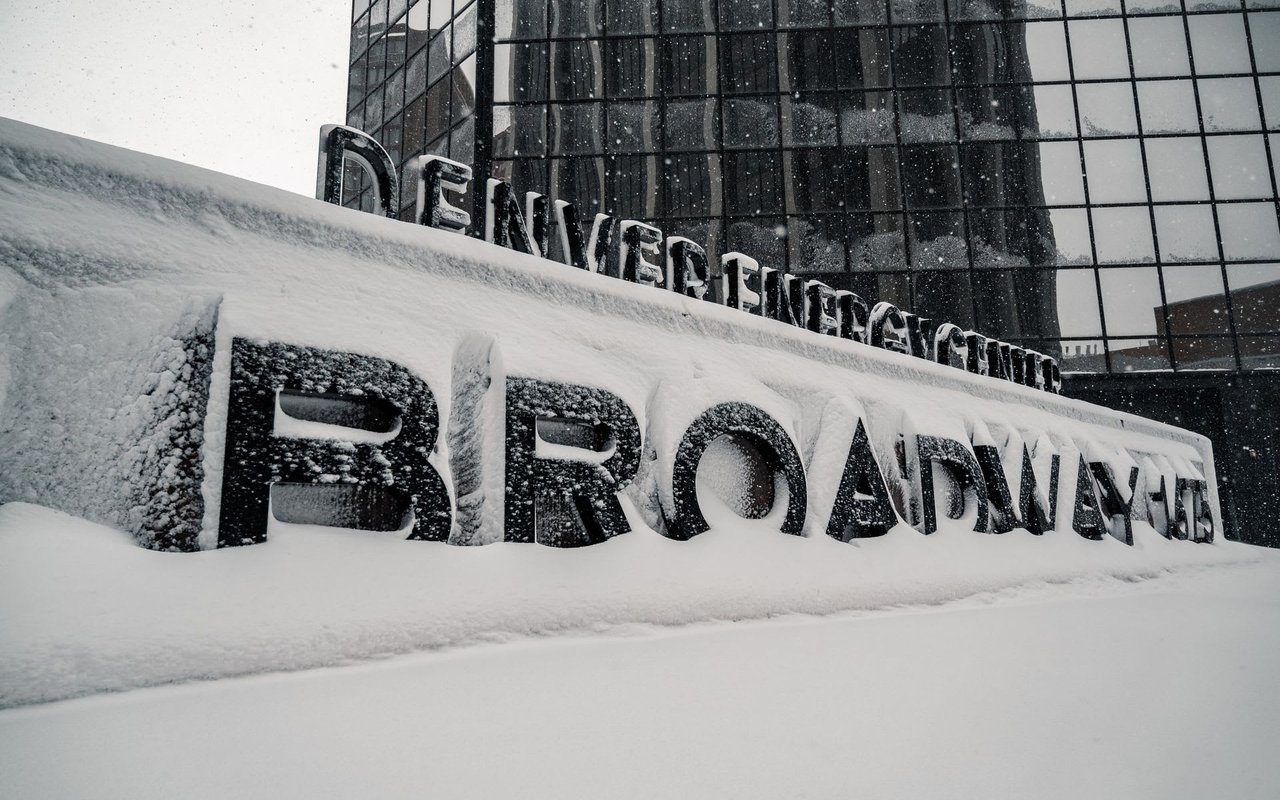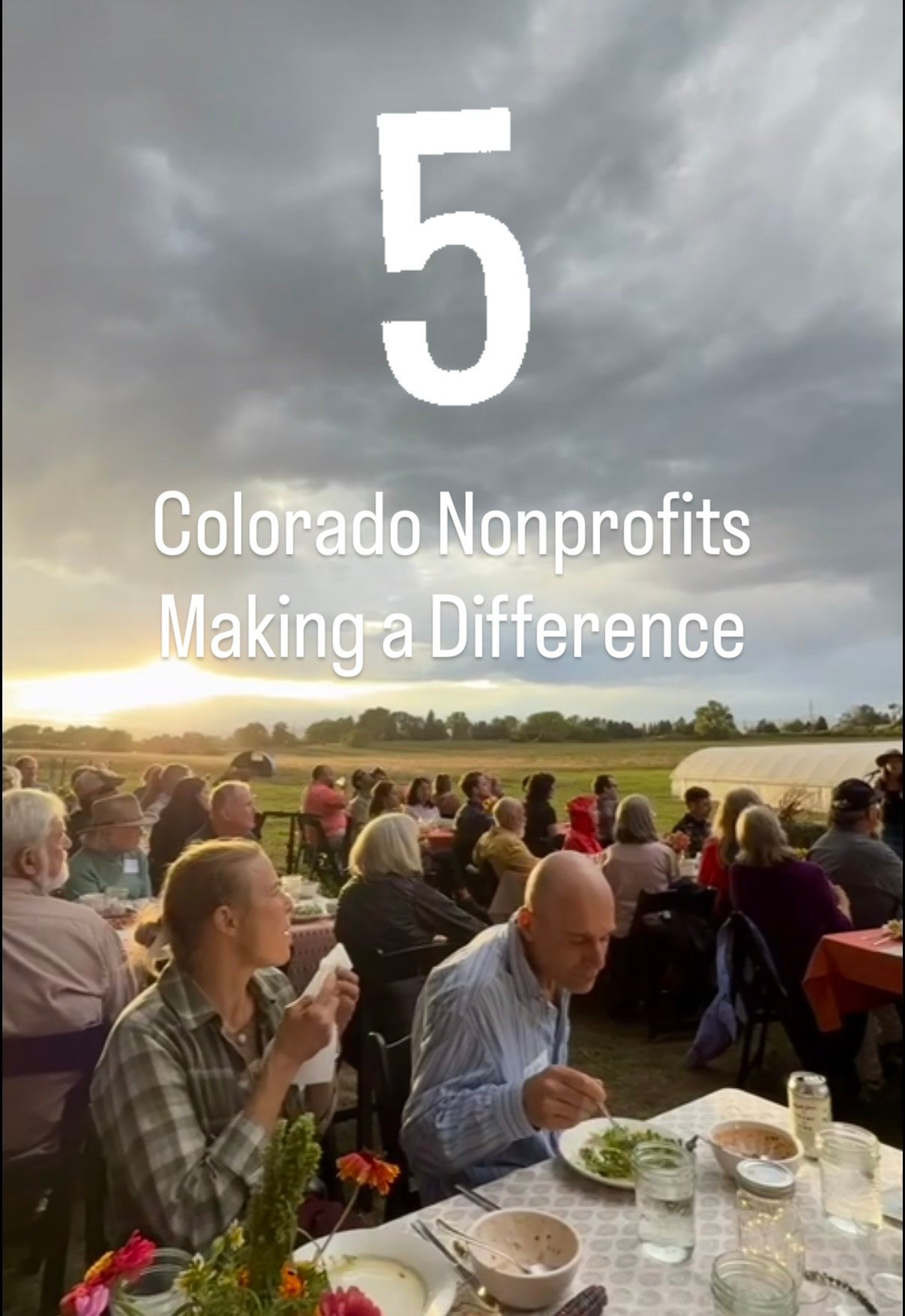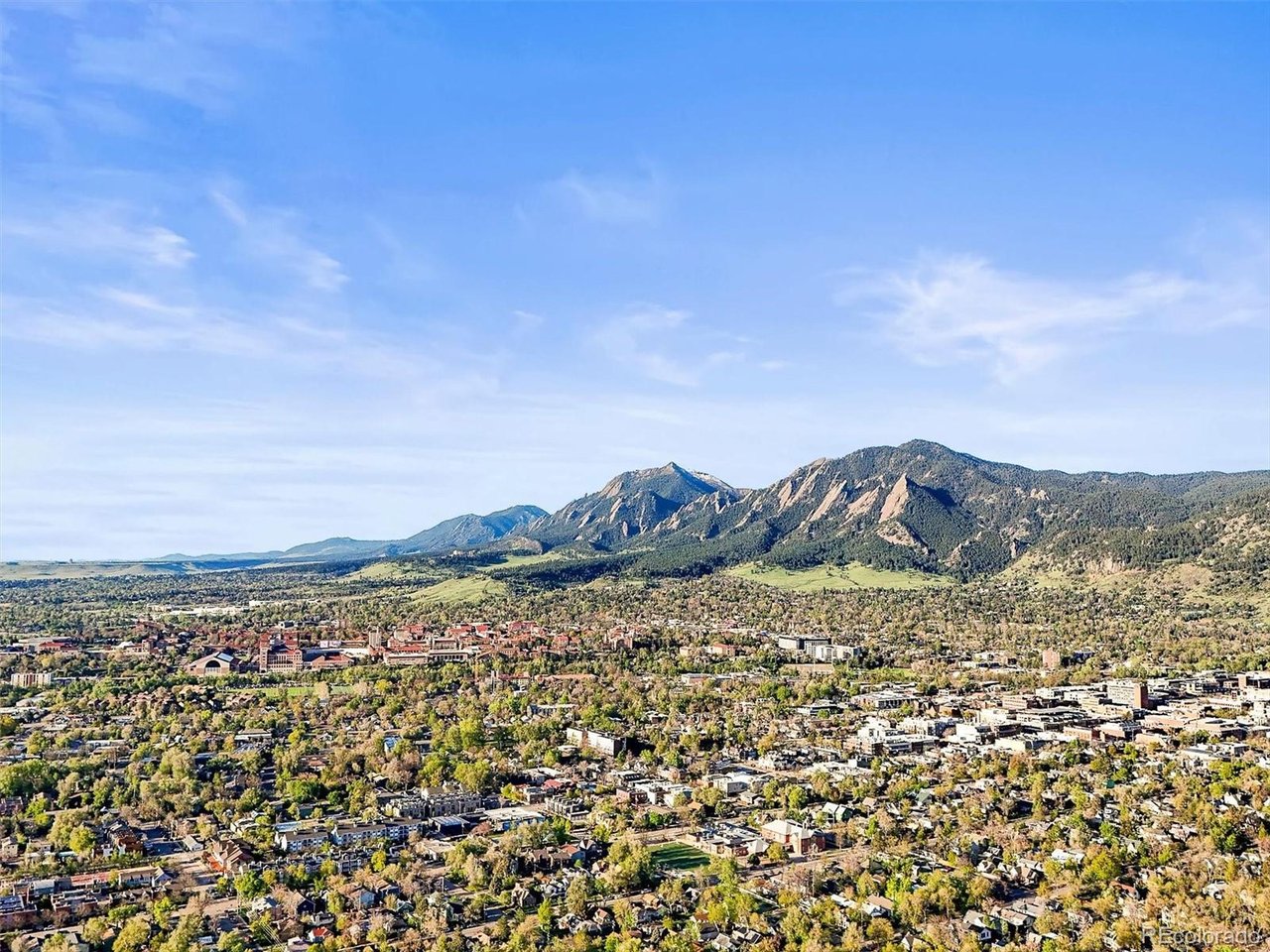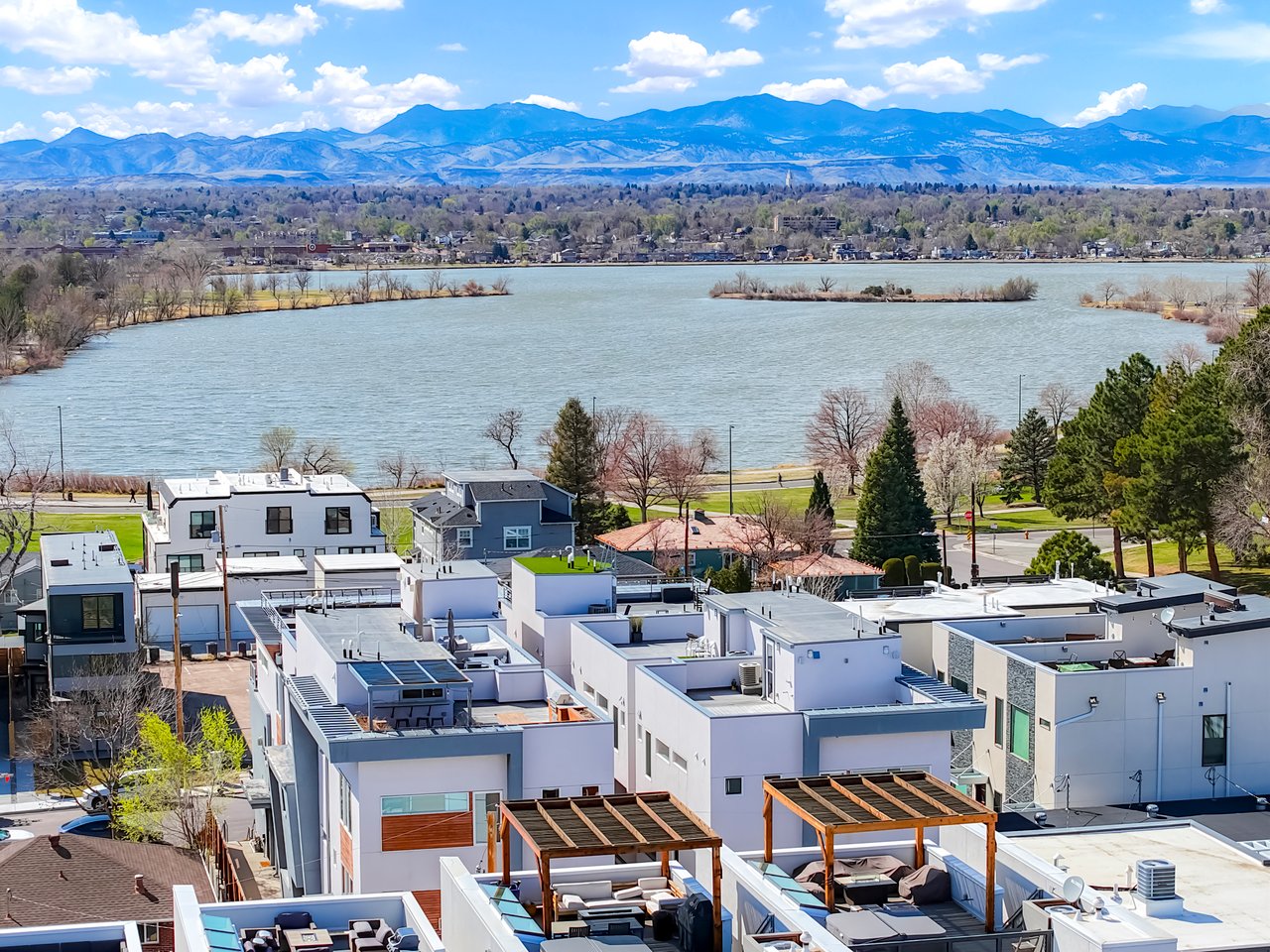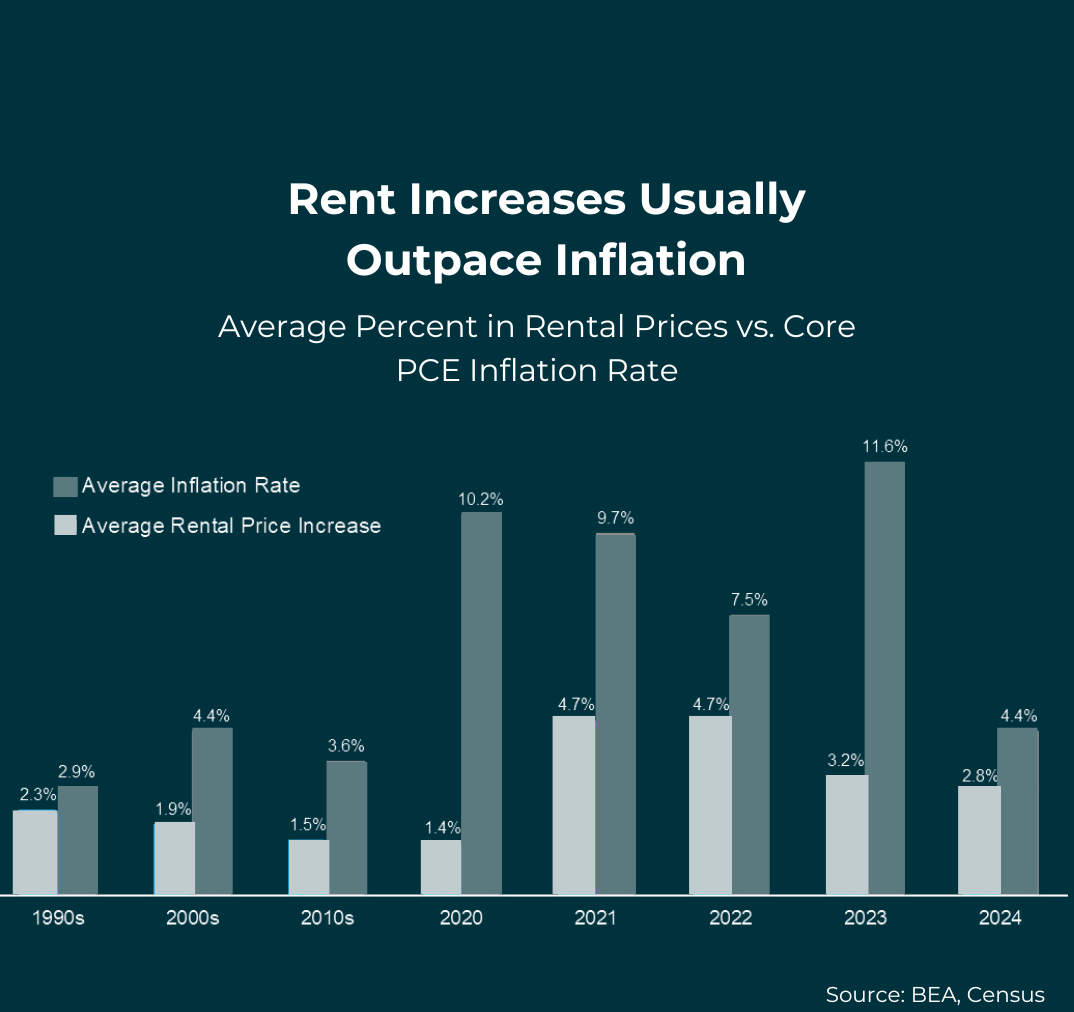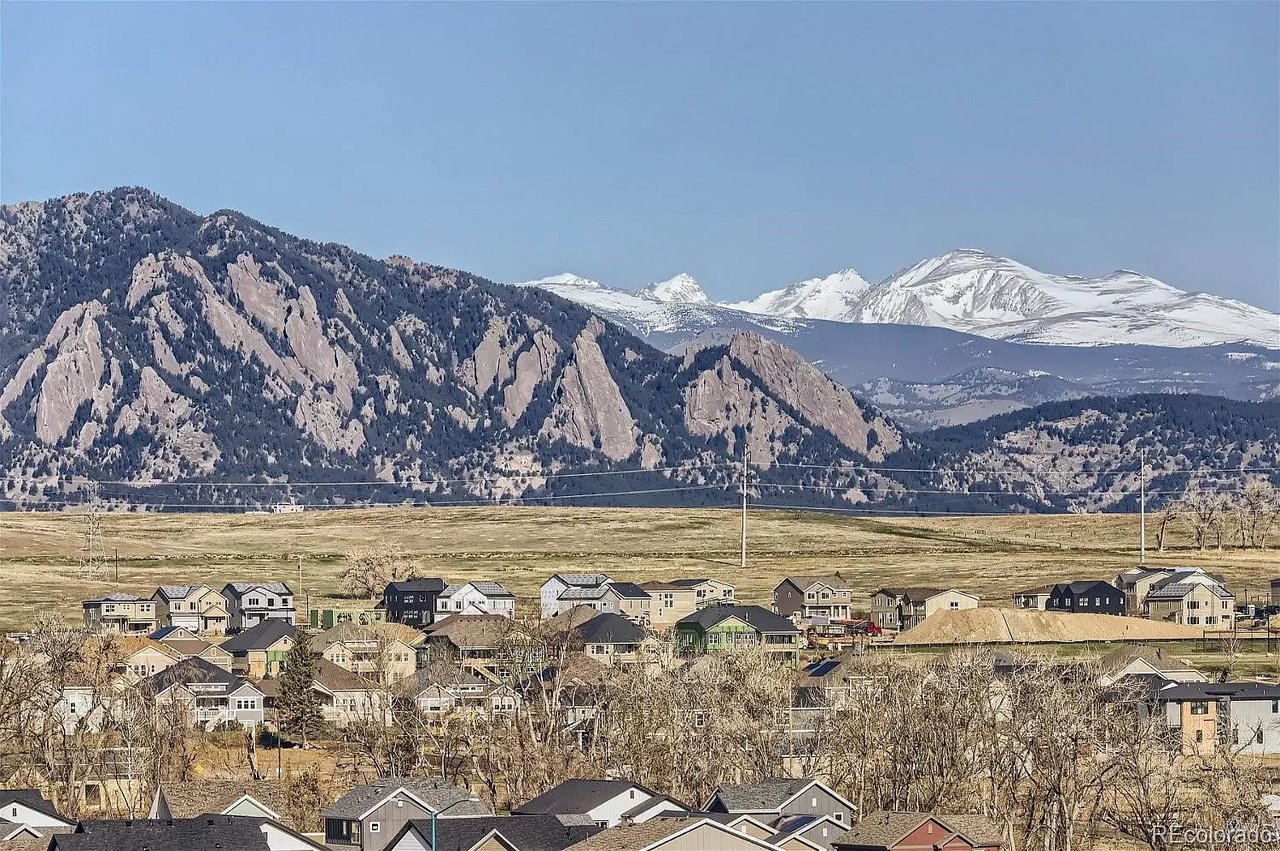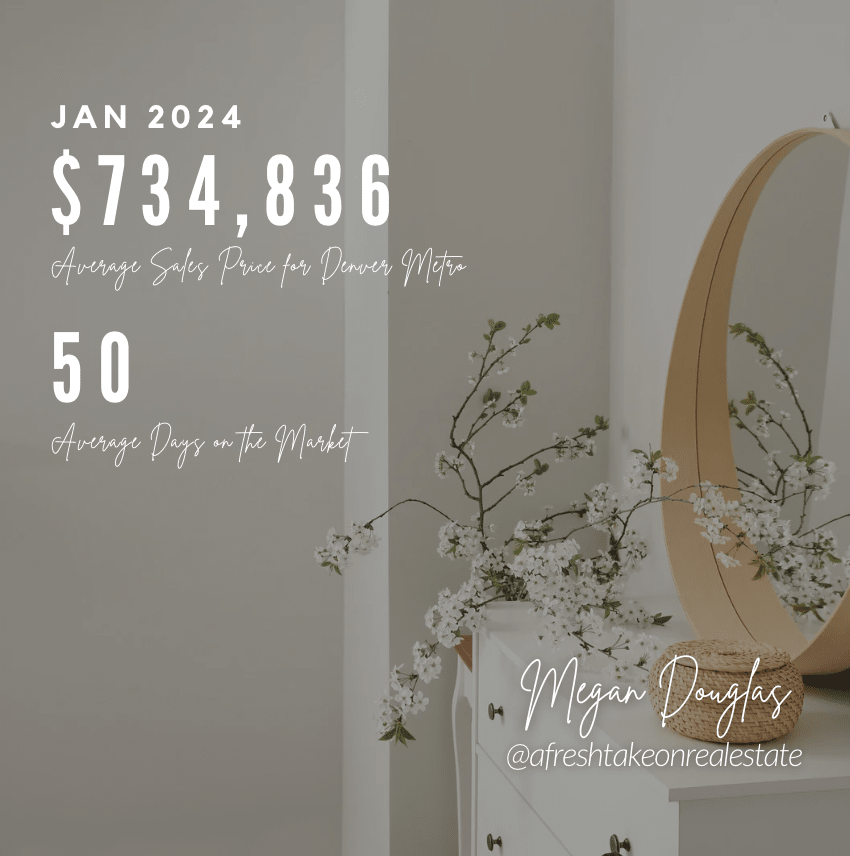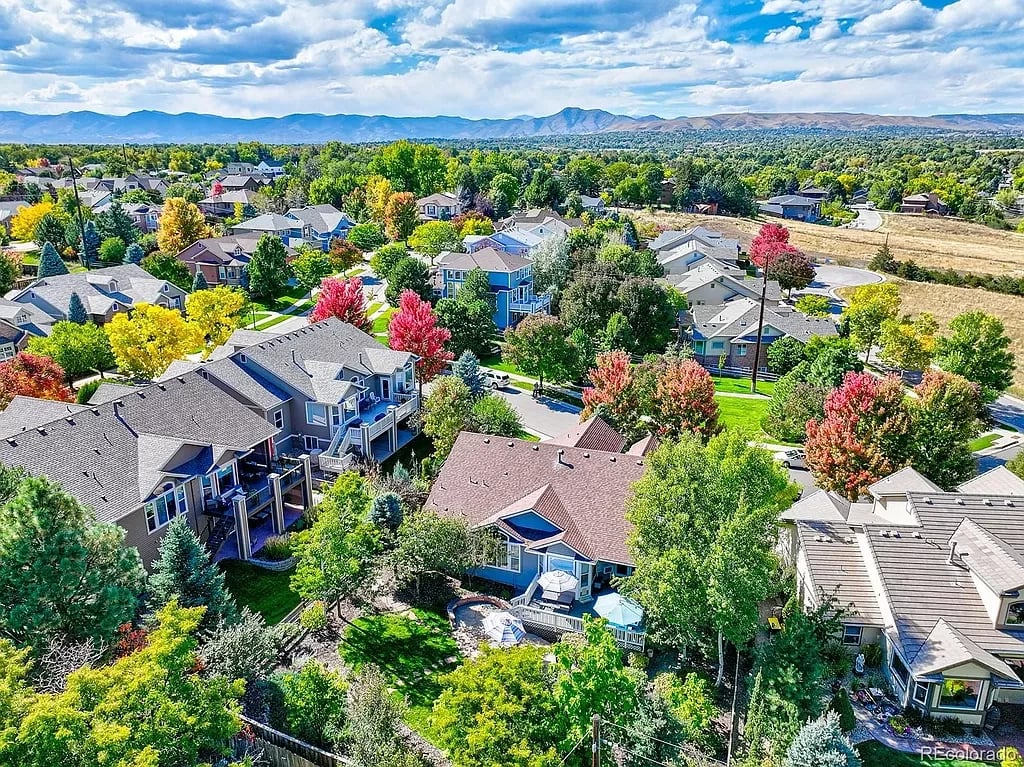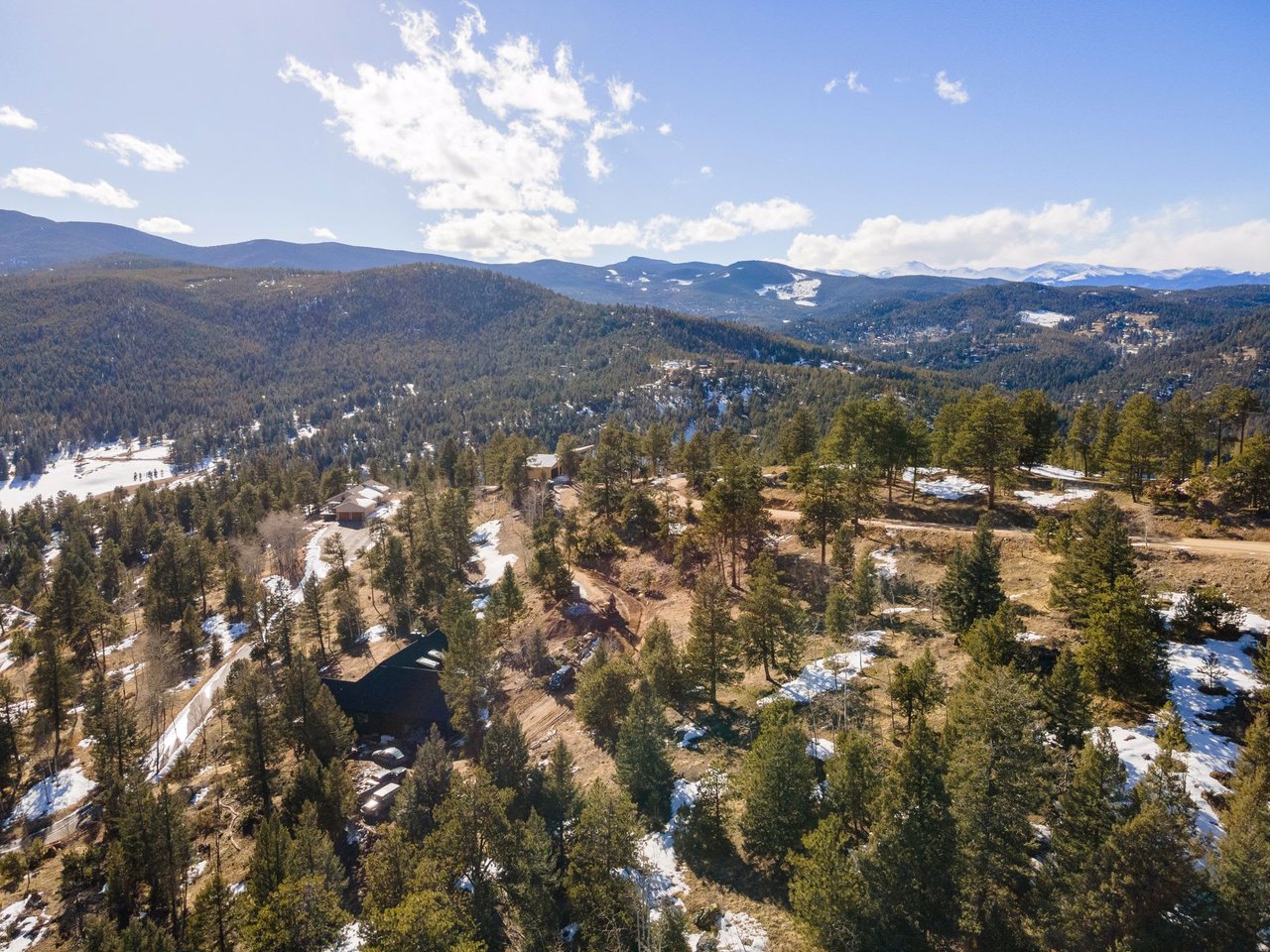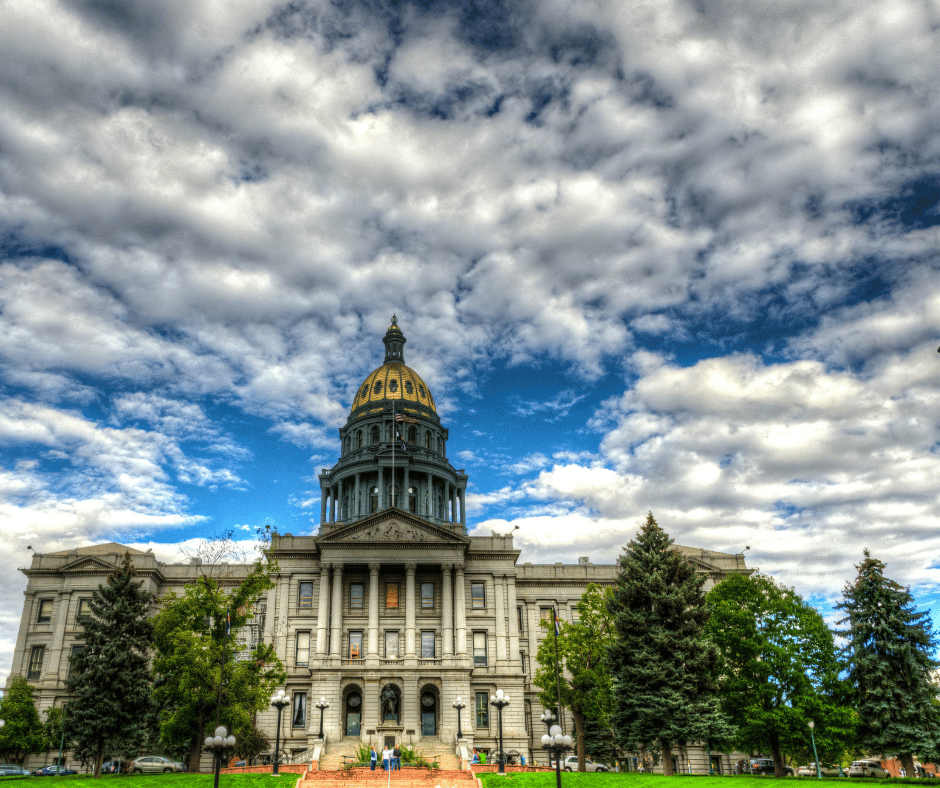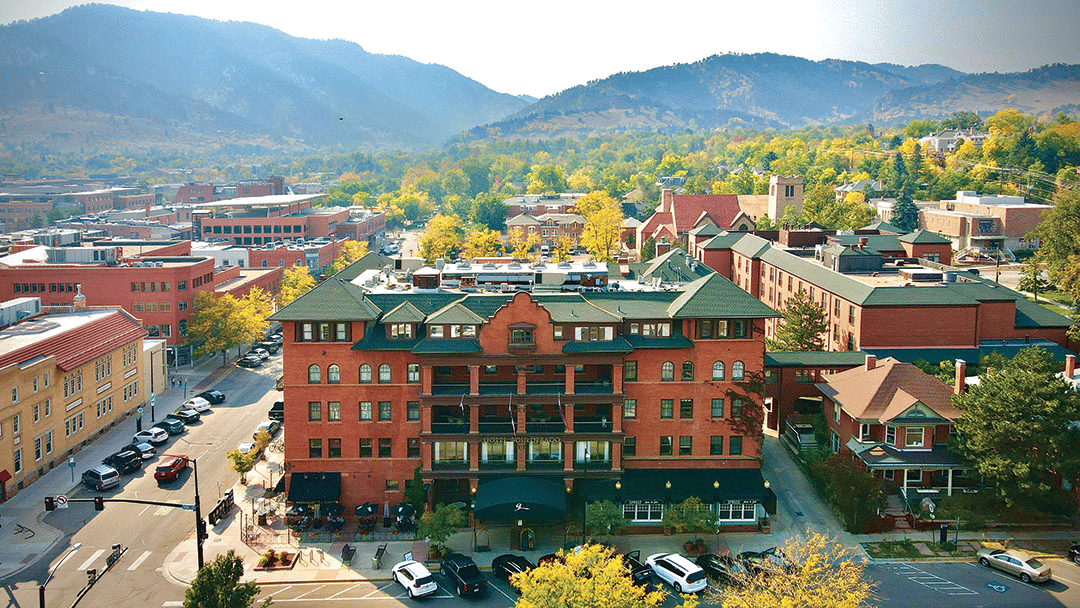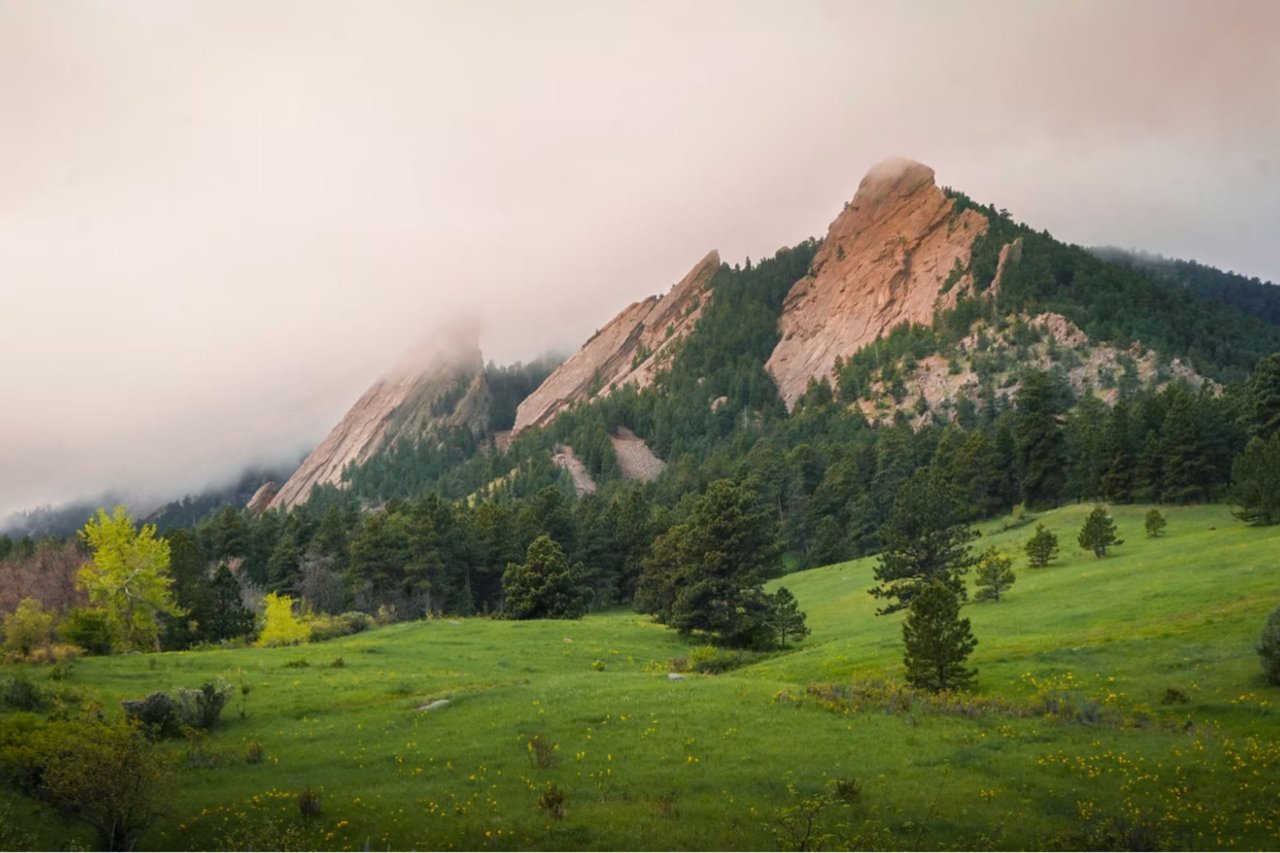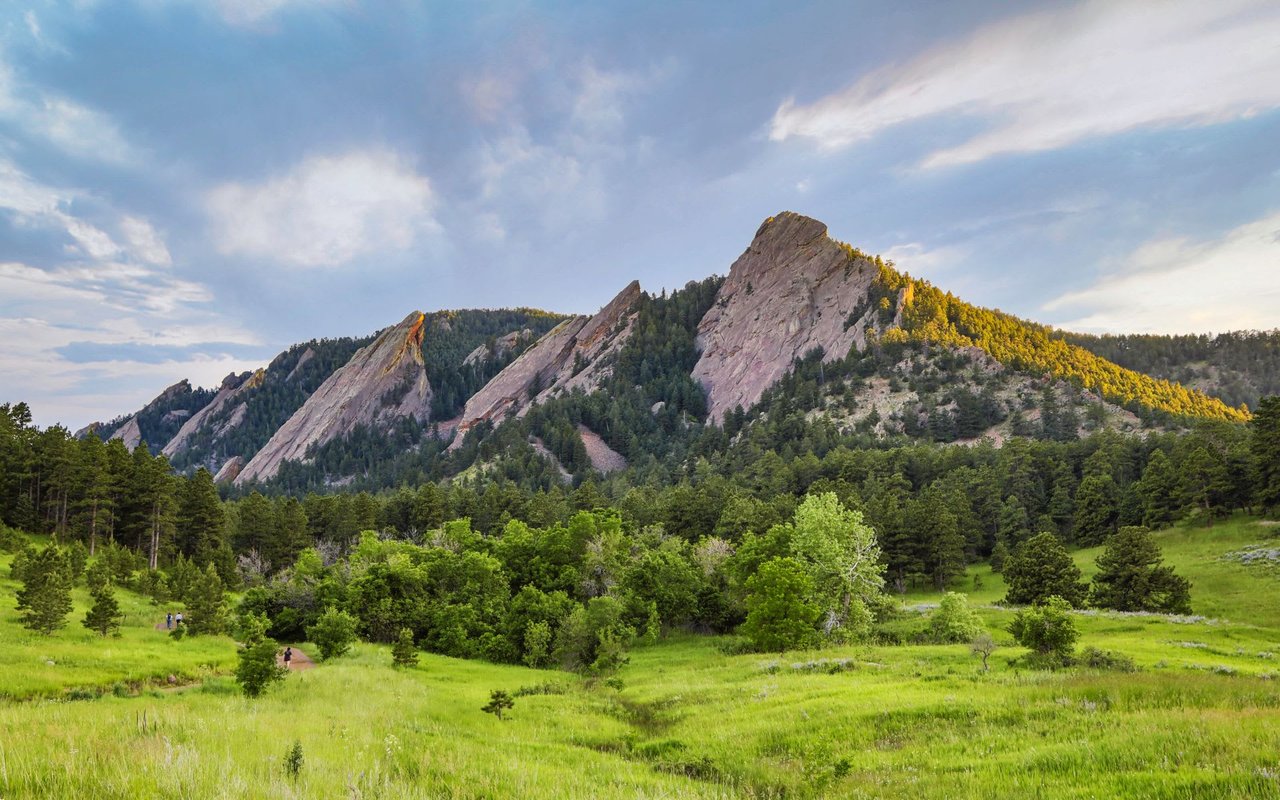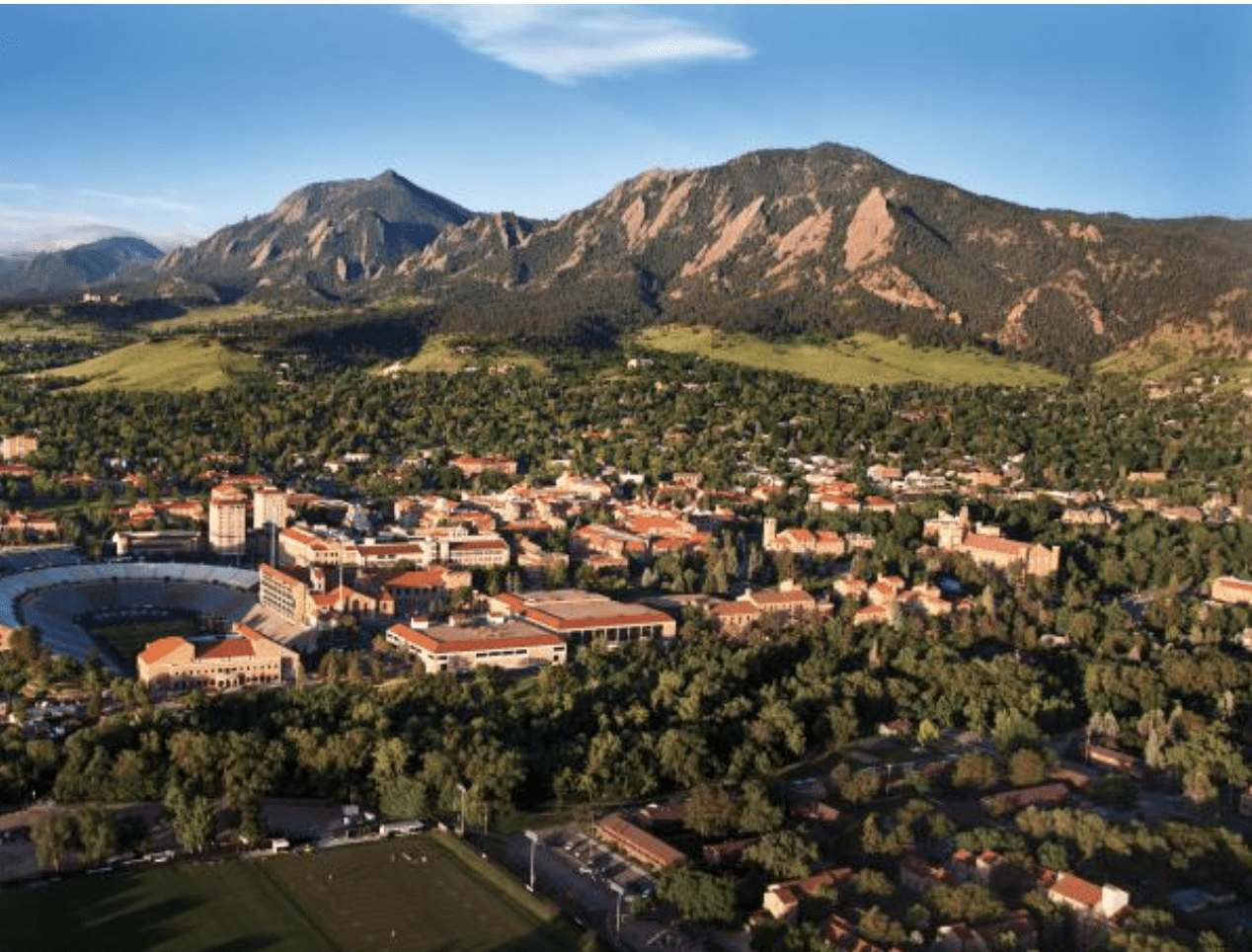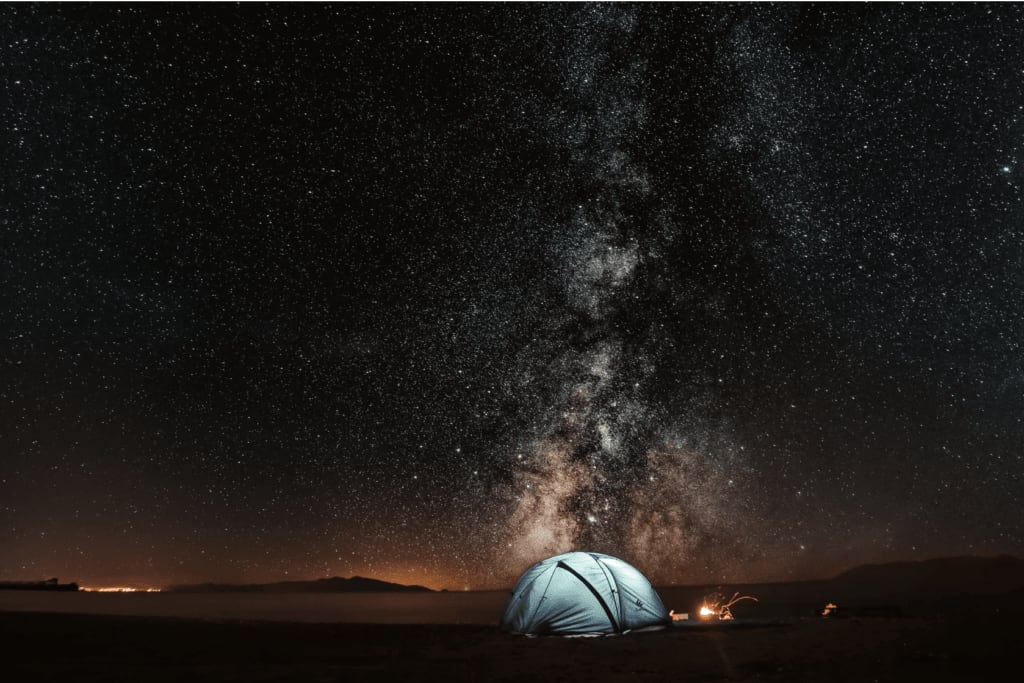
Image: @byadoniaa
You all know I’m a sunshine worshiper. I appreciate the ebbing and flowing seasons but mostly because Colorado’s I got snowed in days are so infrequent that I love to use them for business planning and really digging in behind the scenes on my business to make my client experiences that much better. This year it’s taken it’s toll and I’m SO ready for Spring!
What is the light at the end of my tunnel though. Well I went down to the stream yesterday and it was flowing larger than it does during monsoon season. I was so happy to see this as the four corner states have been in such a drought. Also, if we keep getting more moisture it means we can go back to safely having campfires while we camp this summer. The conversations and laughs where the stressed of adulting just fade away around the campfire is my favorite part about camping.
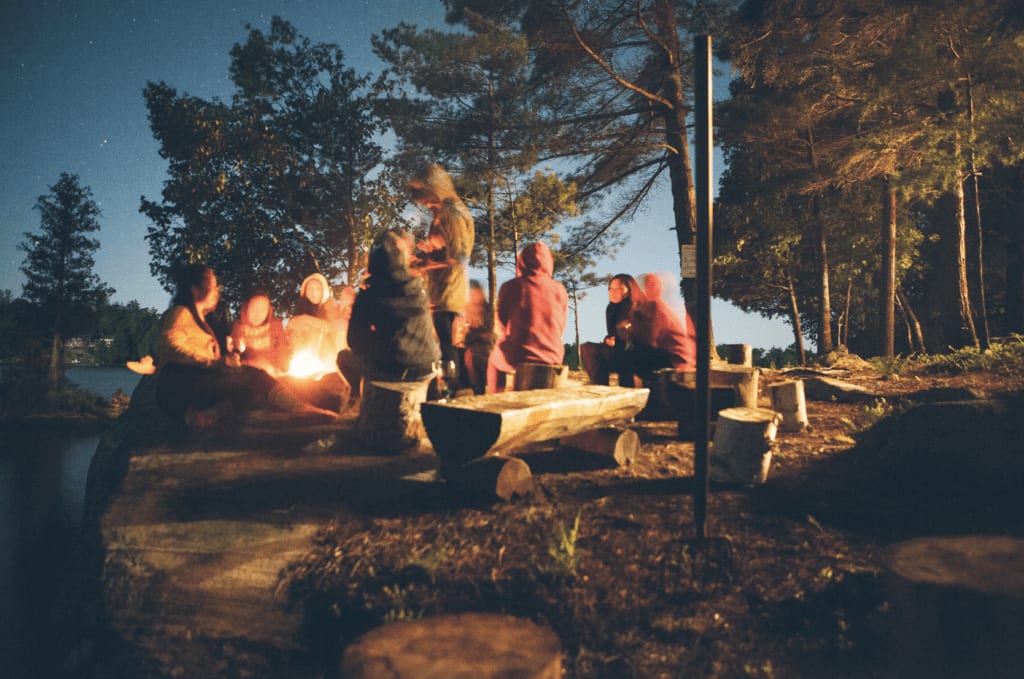
Photo: @tegan
Just How Historic Has the Snowfall This March Been? The Denver Post Let Us Know.
Denver has seen an extreme amount of snow and water this month. So far, March of 2021 is tied for the second snowiest March in Denver history, holds the second-place spot for wettest March, and is tied for fifth for the snowiest month of all time.
Denver’s Top 5 Snowiest March
1. 35.2 inches, 2003
2. 32.5 inches, 1944
2. 32.5 inches, 2021
4. 31.3 inches, 1891
5. 29.2 inches, 1961
2. 32.5 inches, 1944
2. 32.5 inches, 2021
4. 31.3 inches, 1891
5. 29.2 inches, 1961
Denver’s Top 5 Wettest March
1. 4.56 inches, 1983
2. 3.63 inches, 2021
3. 3.50 inches, 1992
4. 3.10 inches, 1990
4. 3.10 inches, 1891
2. 3.63 inches, 2021
3. 3.50 inches, 1992
4. 3.10 inches, 1990
4. 3.10 inches, 1891
Denver’s Top 5 Snowiest Months
1. 57.4 inches, December 1913
2. 42.5 inches, November 1946
3. 35.2 inches, March 2003
4. 33.8 inches, April 1933
T-5. 32.5 inches, March 1944
T-5. 32.5 inches, March 2021
2. 42.5 inches, November 1946
3. 35.2 inches, March 2003
4. 33.8 inches, April 1933
T-5. 32.5 inches, March 1944
T-5. 32.5 inches, March 2021
Extremes are exciting to track, but they also give us perspective. Dr. Becky Bolinger is the Assistant State Climatologist for Colorado. She says that tracking extremes is important for several reasons.
In our immediate future, the extreme moisture this March may mean improvement for drought, and a smaller chance for extreme fire danger this spring on the plains.
“We needed an extreme March for drought relief,” Bolinger said. “It takes a lot longer to dig out of the hole with near-average to drier-than-average months. Like making the minimum payment on your credit card, you’ll never get out of debt. We had a big payment.”
Unfortunately not all areas benefitted from the big snowstorms. Southwest Colorado, for example, still needs a lot more moisture. The plains were a different story, as seen at DIA.
“The moisture we’ve seen this March will be super helpful moving forward,” Bolinger said. “We’re adding that moisture to our dry soils, it’s running off downstream. Hopefully, both of these will mean not a super hot and dry rest of spring.” She says that this month’s moisture plus what is coming downstream from the mountains, may also help reduce the risk of lower elevation grass fires we can experience in April and May.
Tracking extremes also shows us what to expect. Dr. Bolinger said, “On the most basic level, my understanding of climate means I know I can wear flip flops in June, and I should keep my boots handy starting in October. But higher levels of detail are essential for planning and disaster risk management. Shortly after the March 2003 event, for example, city planners reached out to the climate center to find out what the probabilities were of certain snowfall events of certain magnitudes for engineering purposes. With structures collapsing, they needed to know how sturdy to build roofs on future projects that could withstand certain snow events.”
This month’s extremes show us that Denver can still get big snow events in March.
“It’s another data point that we now have to say that even in our changing climate, an event like the March 2021 blizzard is still possible,” Bolinger added. “Is it as probable? Or did it occur more frequently in the past and is now more rare? These are important questions that climatologists research.”
Climatologists use a 30-year average to track that frequency. The last 30-year average was from 1981-2010. That average gets updated every 10 years. We are due for an update. The next 30-year average will use data from 1991-2020. Bolinger said we could see some changes.
“I’m not sure about many locations. Just a speculation. But for example, I think the Denver-Stapleton station may see a decrease in March average snowfall. Dropping a lot of those snowy 1980s,” she said.
Fort Collins, on the other hand, could see its snow numbers increase for April and May. Bolinger said we won’t know for sure until NOAA releases those numbers, hopefully, in May.
As for those extremes, we may be adding to our March totals, with one more storm expected along the Front Range by the end of the week.
Thank you for that great information Becky!
By BECKY DITCHFIELD | [email protected] | Special to The Denver PostMarch 25, 2021 at 6:00 a.m.
